

— Blogs —
—Products—
 Consumer hotline +8618073152920
Consumer hotline +8618073152920 WhatsApp:+8615367865107
Address:Room 102, District D, Houhu Industrial Park, Yuelu District, Changsha City, Hunan Province, China
Product knowledge
Time:2024-11-10 18:27:10 Popularity:429
In today's world, with the acceleration of industrialisation and urbanisation, air quality has become a global concern. Among them, PM2.5 and PM10, as key indicators of air pollution, are particularly important to monitor their concentrations. Particulate matter sensor, this high-tech product, is playing a key role in the field of air quality monitoring, providing scientific basis for our healthy breathing.
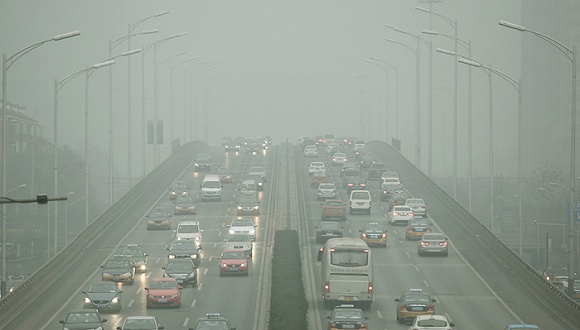
Particulate matter, or dust, is a mixture of solid and liquid particles suspended in the air. They are classified into different categories based on particle size, where:
- PM2.5: Particles with a diameter of less than or equal to 2.5 microns, which are capable of penetrating deep into the human respiratory system and even into the lungs and bloodstream, causing serious health effects.
- PM10: particles less than or equal to 10 microns in diameter, also able to enter the respiratory tract, but usually staying in the upper respiratory tract.
Health hazards:
- Diseases of the respiratory system: e.g. cough, bronchitis, asthma, etc.
- Diseases of the cardiovascular system: such as high blood pressure, heart disease.
- Immune system damage: reduce the body's resistance.
- Cancer: e.g. lung cancer, etc.
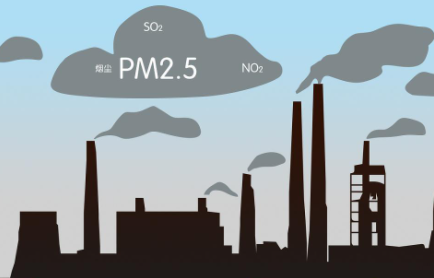
A particulate matter sensor is a device used to detect and measure the concentration of suspended particulate matter (e.g. PM2.5 and PM10) in the air. These particles include both solid and liquid particles and can be divided into different categories based on particle size, such as PM2.5 (particles less than or equal to 2.5 microns in diameter) and PM10 (particles less than or equal to 10 microns in diameter). These sensors capture and analyse airborne particulate matter through different principles (e.g. optical, electrostatic, thermal conductivity, etc.) to provide critical data for areas such as environmental monitoring, public health and industrial production.
The core of the particulate matter sensor lies in its accurate detection technology, which is mainly divided into several mainstream methods:
- Principle: Using laser light to shine through the air stream, the light scattered by the particulate matter is captured by a receiver, and the concentration of the particulate matter is calculated by analysing the intensity and pattern of the scattered light.
- Advantage: Fast and sensitive, such as the Levermay LD12 laser PM2.5 dust sensor, which is a popular choice in the market.
- Principle: Measurement of particulate mass by the attenuation of the energy of the Beta rays as they penetrate the particulate matter deposited on the filter membrane. Suitable for long term continuous monitoring, providing accurate concentration data.
- Advantages: High accuracy, suitable for the detection of high concentrations of particulate matter.
- Principle: The oscillating element inside the monitor changes in frequency due to the increase in the mass of particulate matter, and the mass of particulate matter is calculated from the change in frequency, which is suitable for accurate measurement.
- Advantage: High accuracy, suitable for laboratory and high precision monitoring.
- Principle: The air is moved by means of a fan or a pump, and the number of particles per unit volume is counted, thus the mass concentration is deduced.
- Advantages: Simple, direct and suitable for rapid on-site detection.
PM2.5/PM10 Integrated Sensor
1. High sensitivity: The particulate matter sensor can accurately capture tiny particles in the air, including PM2.5 and PM10, and provide accurate concentration data.
2. Real-time monitoring: the sensor can monitor the concentration of particulate matter in the air in real time, providing timely data support for the environmental protection department, which helps to detect and respond to air pollution problems in a timely manner.
3. Easy to maintain: particulate matter sensors are usually simple in design, easy to install and maintain, reducing the cost of use.
4. Multi-disciplinary applications: particulate matter sensors are not only suitable for environmental monitoring, can also be widely used in industrial production, health monitoring, gas pipeline safety monitoring and other areas.
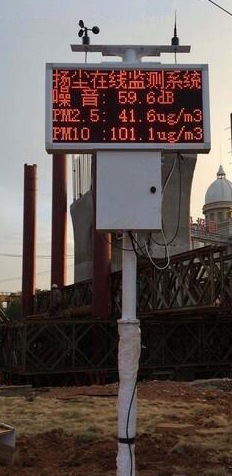
Particle sensors have a wide range of applications, from household air purifiers, smart watches to urban air quality monitoring stations, and even agricultural environmental management, ubiquitous. The following are some specific application areas:
- Application: Installed in urban air quality monitoring stations, industrial parks and important roads, real-time monitoring of the concentration of PM2.5, PM10 and other particles in the air, to provide accurate data support for the environmental protection department, which helps to formulate and implement effective air pollution control measures.
- Application: integrated in household air purifiers, real-time monitoring and regulation of indoor air quality to ensure the health of family members.
- Application: In the pharmaceutical, food processing and other industries with high air quality requirements, particulate sensors can be used to monitor the air quality of the production plant in real time, to ensure the hygienic conditions of the production environment, so as to ensure the quality and safety of the products.
- Application: Particle sensors can be used to monitor harmful particles in the air, such as dust, pollen, bacteria, etc., to provide early warning for people's respiratory health. By monitoring indoor and outdoor air quality in real time, it helps to reduce the occurrence of respiratory diseases and allergies.
- Application: Particle sensors can detect tiny particles in gas pipelines, such as tar, dust, etc., to prevent gas leaks and other accidents and ensure the safe operation of gas pipelines.

Particle sensors have the following important role in environmental protection:
- Provide real-time, accurate particulate matter concentration data, which helps to detect pollution events in a timely manner and take appropriate countermeasures.
- Through data analysis, it helps to determine the source of pollution and provides direction and basis for pollution management.
- Raise public awareness of particulate matter pollution, promote the formation of environmental awareness, and guide people to make reasonable travel plans to reduce the impact of air pollution on human health.
- Provide scientific basis for the government to formulate air quality standards and pollutant emission standards, and promote the improvement and implementation of environmental protection laws and regulations.
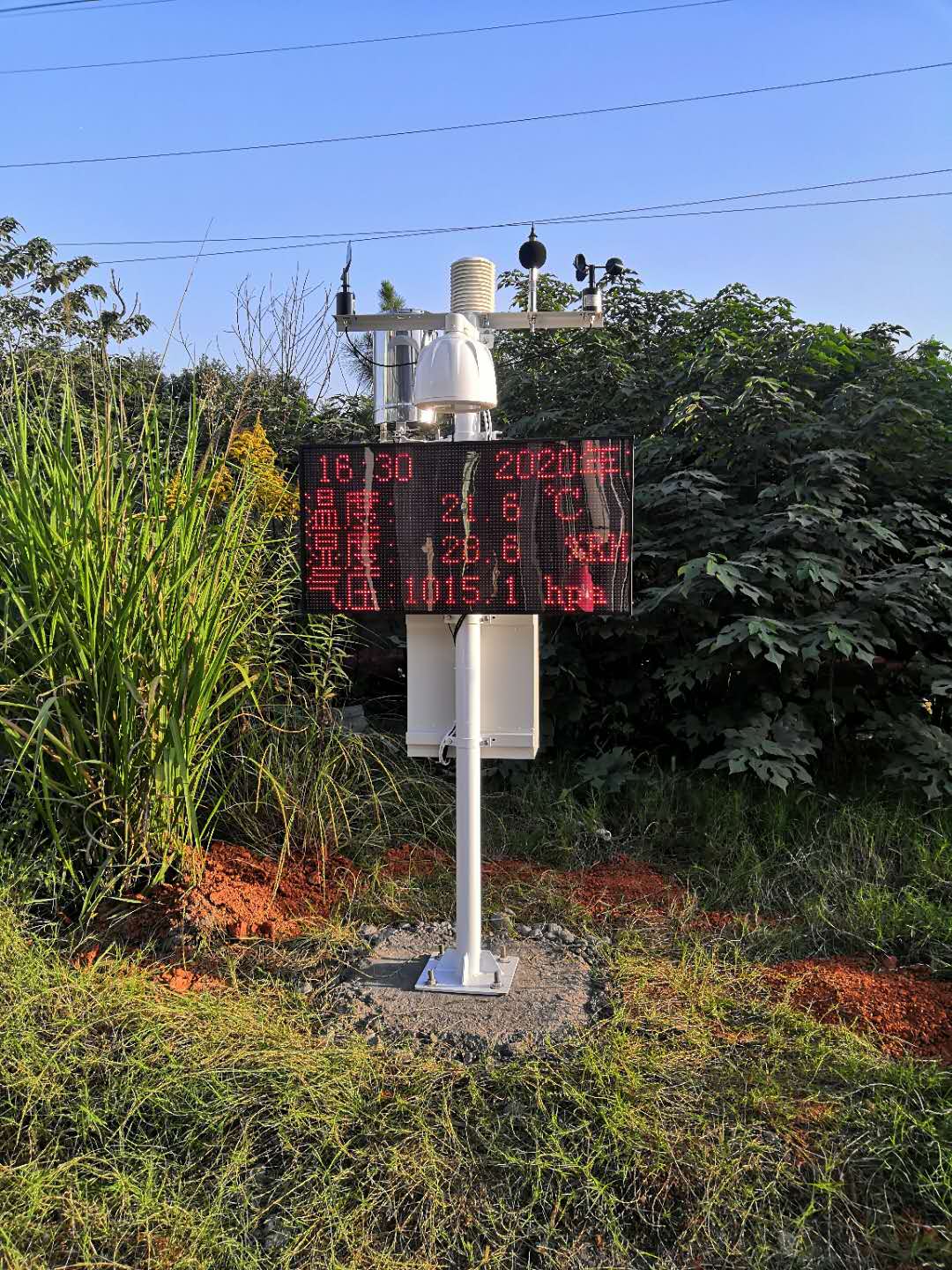
Despite the significant progress of particulate matter sensor technology, it still faces some challenges:
- Performance maintenance under extreme climatic conditions still needs to be further improved.
- Manufacturers need to ensure that the performance of the premise, reduce costs and improve product competitiveness in the market.
- With the development of IoT technology, particulate matter sensors will be more intelligent, with higher integration and better data processing capabilities, providing users with more real-time and accurate air quality information.
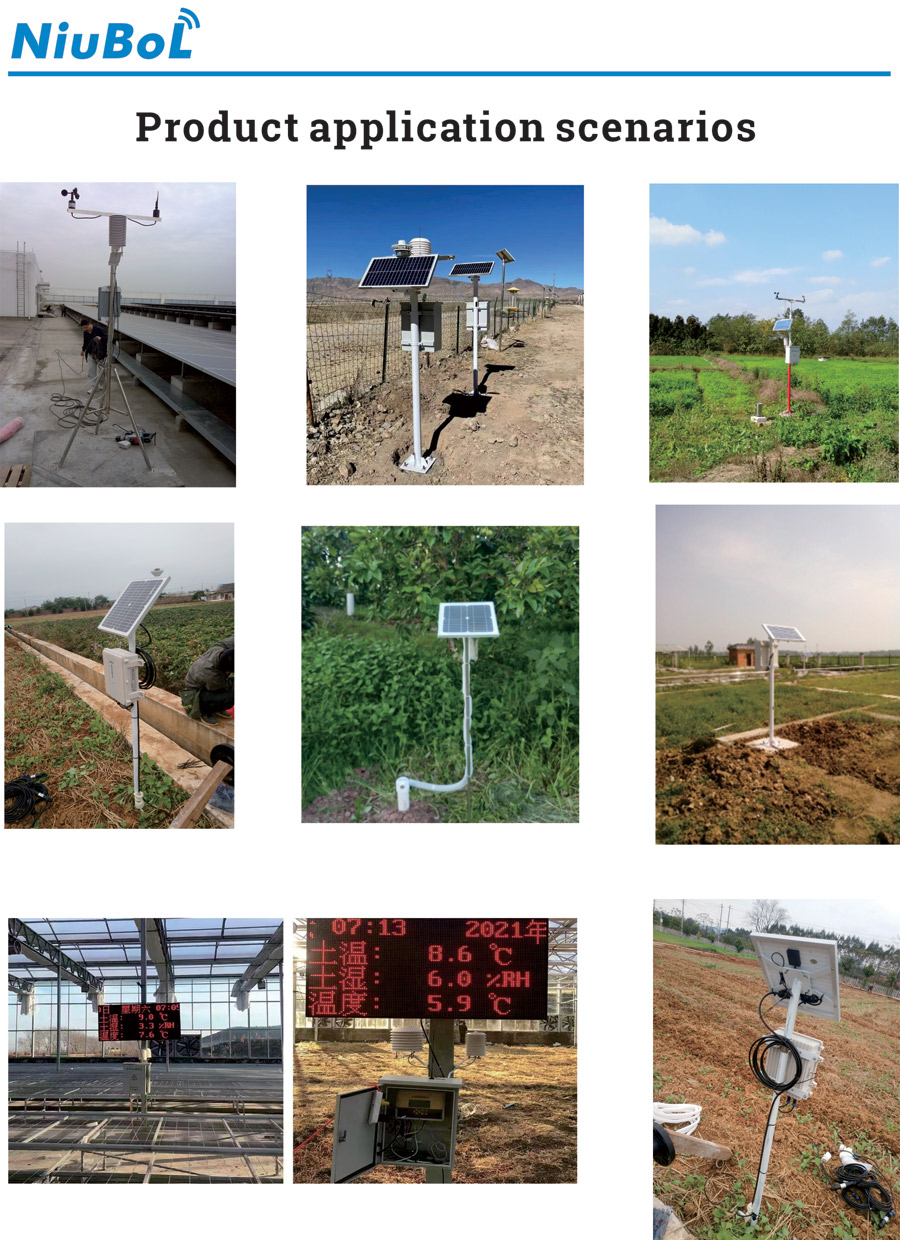
Summary
As an efficient and accurate technological tool, particulate matter sensors play an important role in monitoring and controlling particulate matter pollution such as PM2.5 and PM10. Particulate matter sensor is not only the crystallisation of science and technology, but also an important tool for human beings to pursue a healthy life and protect the environment. With the continuous progress of technology and the expansion of application fields, particulate matter sensors will play an increasingly important role in global environmental protection and public health maintenance. In the face of increasingly severe environmental challenges, we should make full use of advanced technologies such as particulate matter sensors to jointly guard the blue sky and white clouds, so that fresh air becomes a normal part of life.
Related recommendations
Sensors & Weather Stations Catalog
Agriculture Sensors and Weather Stations Catalog-NiuBoL.pdf
Weather Stations Catalog-NiuBoL.pdf
Related products
 Combined air temperature and relative humidity sensor
Combined air temperature and relative humidity sensor Soil Moisture Temperature sensor for irrigation
Soil Moisture Temperature sensor for irrigation Soil pH sensor RS485 soil Testing instrument soil ph meter for agriculture
Soil pH sensor RS485 soil Testing instrument soil ph meter for agriculture Wind Speed sensor Output Modbus/RS485/Analog/0-5V/4-20mA
Wind Speed sensor Output Modbus/RS485/Analog/0-5V/4-20mA Tipping bucket rain gauge for weather monitoring auto rainfall sensor RS485/Outdoor/stainless steel
Tipping bucket rain gauge for weather monitoring auto rainfall sensor RS485/Outdoor/stainless steel Pyranometer Solar Radiation Sensor 4-20mA/RS485
Pyranometer Solar Radiation Sensor 4-20mA/RS485
Screenshot, WhatsApp to identify the QR code
WhatsApp number:+8615367865107
(Click on WhatsApp to copy and add friends)